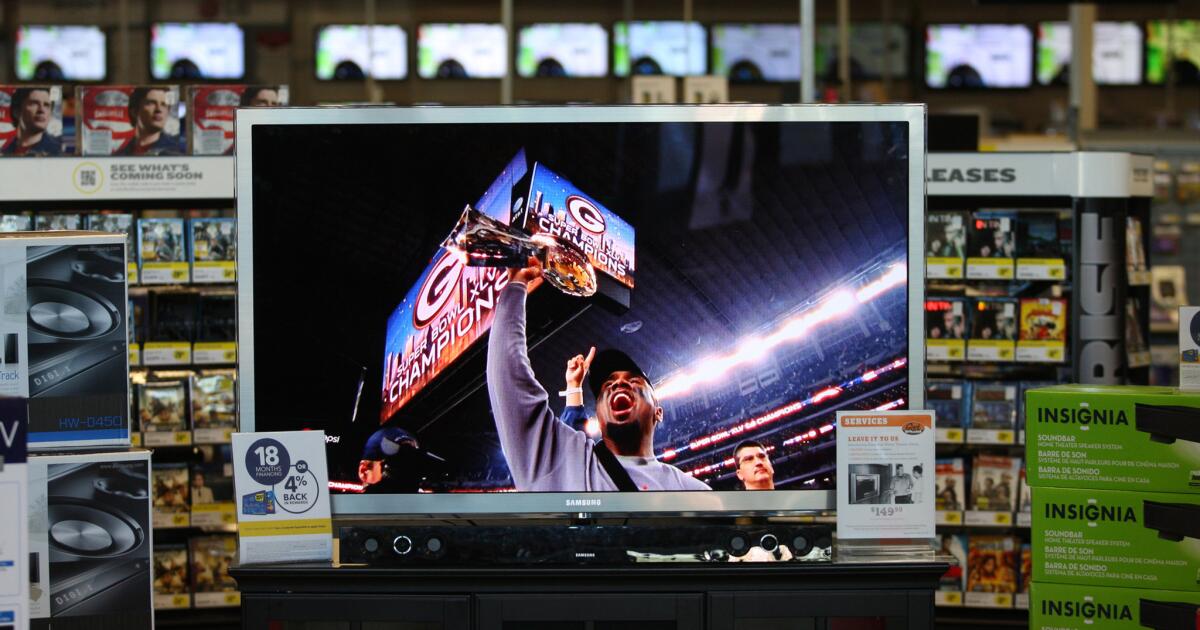Many manufacturers seem to build their lines with a particular set of motors in mind. Specialized picked Brose, Trek and Gazelle picked Bosch, etc. and in what looks like a symbiotic fashion bicycle makers produce certain styles (city commuting, touring, mountain) and motor manufacturers make motors tuned to those needs. Haibike seems to use have a variety of Bosch and Yamaha.
Other manufacturers seem to change motors year after year. Examples that I'm looking at are the Raleigh Redux iE and the Izip Vibe. One LBS has a deal on a 2018 Redux (that has a Brose motor) that is pretty within my price range, and another not-quite-L BS has a 2019 when they switched to Bosch. (but at a stretch of my budget) A used IZip Vibe+ I was looking at had a Tranzx/Currie Electordrive and their replacement the Vibe 2.0 has moved to Bosch as well.
Are moves like this something to be wary of? That a consistency in components will give a shop something to expect ("oh yeah, these have a tendency to ...") and in the engineering/design can use an iterative feedback in how the previous years performed. Is it going to be more difficult for a dealer to get components from the manufacturer when they don't need to stock them for later years. (and not just the motor itself, stupid things like odd shaped gaskets or whatever)
Or is it safe to say that there are enough Brose motors, compatible display, and whatever else is needed for the bike that a local shop should be able to provide service even if the bike doesn't look like anything currently in their shop?
Other manufacturers seem to change motors year after year. Examples that I'm looking at are the Raleigh Redux iE and the Izip Vibe. One LBS has a deal on a 2018 Redux (that has a Brose motor) that is pretty within my price range, and another not-quite-L BS has a 2019 when they switched to Bosch. (but at a stretch of my budget) A used IZip Vibe+ I was looking at had a Tranzx/Currie Electordrive and their replacement the Vibe 2.0 has moved to Bosch as well.
Are moves like this something to be wary of? That a consistency in components will give a shop something to expect ("oh yeah, these have a tendency to ...") and in the engineering/design can use an iterative feedback in how the previous years performed. Is it going to be more difficult for a dealer to get components from the manufacturer when they don't need to stock them for later years. (and not just the motor itself, stupid things like odd shaped gaskets or whatever)
Or is it safe to say that there are enough Brose motors, compatible display, and whatever else is needed for the bike that a local shop should be able to provide service even if the bike doesn't look like anything currently in their shop?


